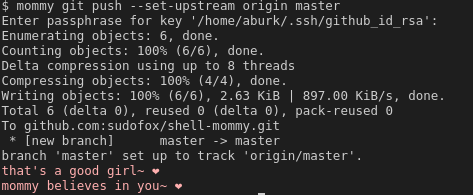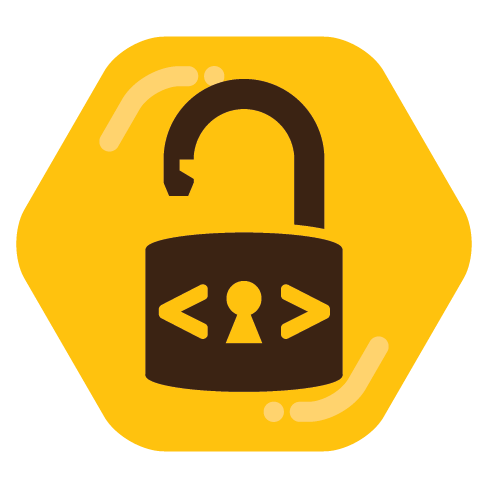
Why not switch to 10 fps instead of the weird keyframe thing they did?
I was once watching a programming streamer on twitch who was working from a laptop in a hotel instead of their usual powerful home setup with fast internet. They decided to switch the stream to 10 fps and then it worked fine.










Yes. My high school used to do this. UDP blocked except for DNS to some specific servers, and probably some other needed things.